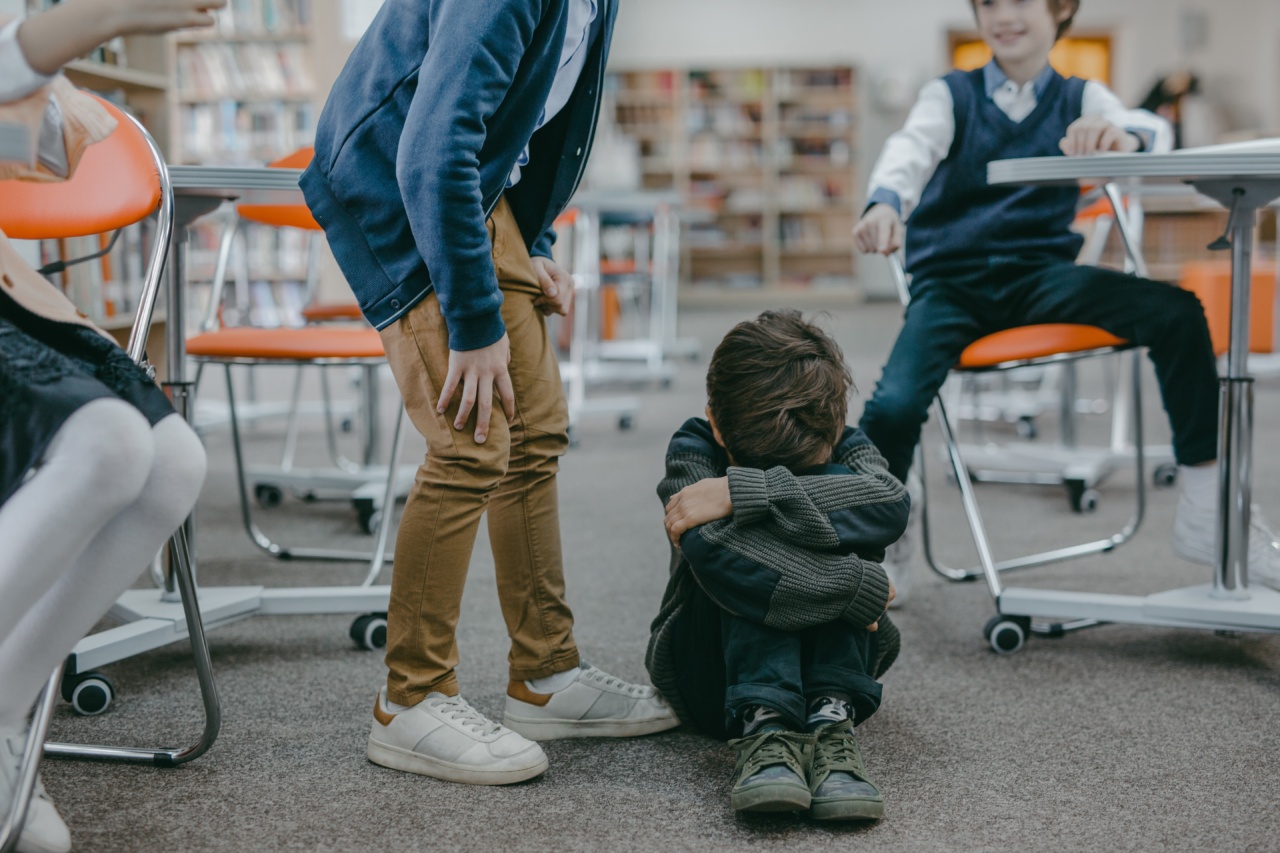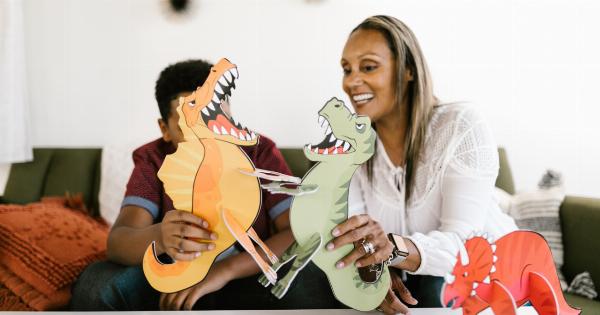Child sexual abuse is a form of child abuse that includes any activity that uses a child for the sexual gratification of an adult or older child.
Child sexual abuse can include direct sexual contact, such as fondling or penetration, as well as non-contact sexual activities, such as exposing a child to pornography or engaging in sexual conversation with a child. It is a serious and widespread problem that affects children of all ages, genders, and races, and can have devastating and long-lasting consequences for their physical, emotional, and psychological well-being.
Understanding Child Sexual Abuse
The first step in recognizing child sexual abuse is to understand what it is and how it can occur. Child sexual abuse can occur in any setting, including the home, school, church, sports clubs, and other community organizations.
It can be carried out by anyone, including strangers, acquaintances, and family members. Child sexual abuse can be difficult to detect, as children may be too young, too scared, or too ashamed to speak out about what is happening to them.
There are several different forms of child sexual abuse, including:.
Physical Contact
Physical contact is the most visible form of child sexual abuse and includes any form of physical touch that is intended to sexually gratify the abuser. It can include fondling, kissing, hugging, and sexual penetration.
Often, the abuser will use physical force or threats of violence to achieve compliance from the child.
Non-Physical Contact
Non-physical contact involves any activity that does not involve physical touch, but is still intended to sexually gratify the abuser.
It can include exposing children to pornography, asking or pressuring them to engage in sexual activity, or engaging them in sexually explicit conversations.
Indicators of Child Sexual Abuse
There are several signs and indicators that may suggest a child is being sexually abused. These can include:.
Behavioral Changes
A child who is being sexually abused may exhibit sudden and drastic changes in their behavior. They may become withdrawn, anxious, or depressed, and may begin to display aggression or acting out behaviors.
They may also exhibit regressive behaviors, such as bedwetting or refusing to sleep alone.
Physical Indicators
Physical indicators can include unexplained bruises, injuries, or illnesses, as well as genital or anal soreness, bleeding, or discharge. The child may also complain of pain or discomfort in the genital or anal area.
Emotional Indicators
Emotional indicators may include a child’s sudden fear of a particular person or place, or a sudden change in their attitude or personality.
They may begin to exhibit anxiety or depression, or may become overly anxious or protective of their own child.
Psychological Indicators
Psychological indicators can include nightmares or difficulty sleeping, recurring thoughts or images related to sexual abuse, eating disorders or other self-harming behaviors, and difficulty concentrating or performing in school.
Disclosure and Reporting
If you suspect that a child is being sexually abused, it is important to take immediate action to ensure their safety and well-being.
This can include reporting the abuse to law enforcement or child protective services, or taking steps to ensure the child’s safety while waiting for authorities to respond.
The most important thing is to listen to the child and take their concerns seriously.
Child sexual abuse is a serious crime that can have a devastating impact on a child’s life, and it is up to all of us to take action to prevent, detect, and respond to this critical issue.
























